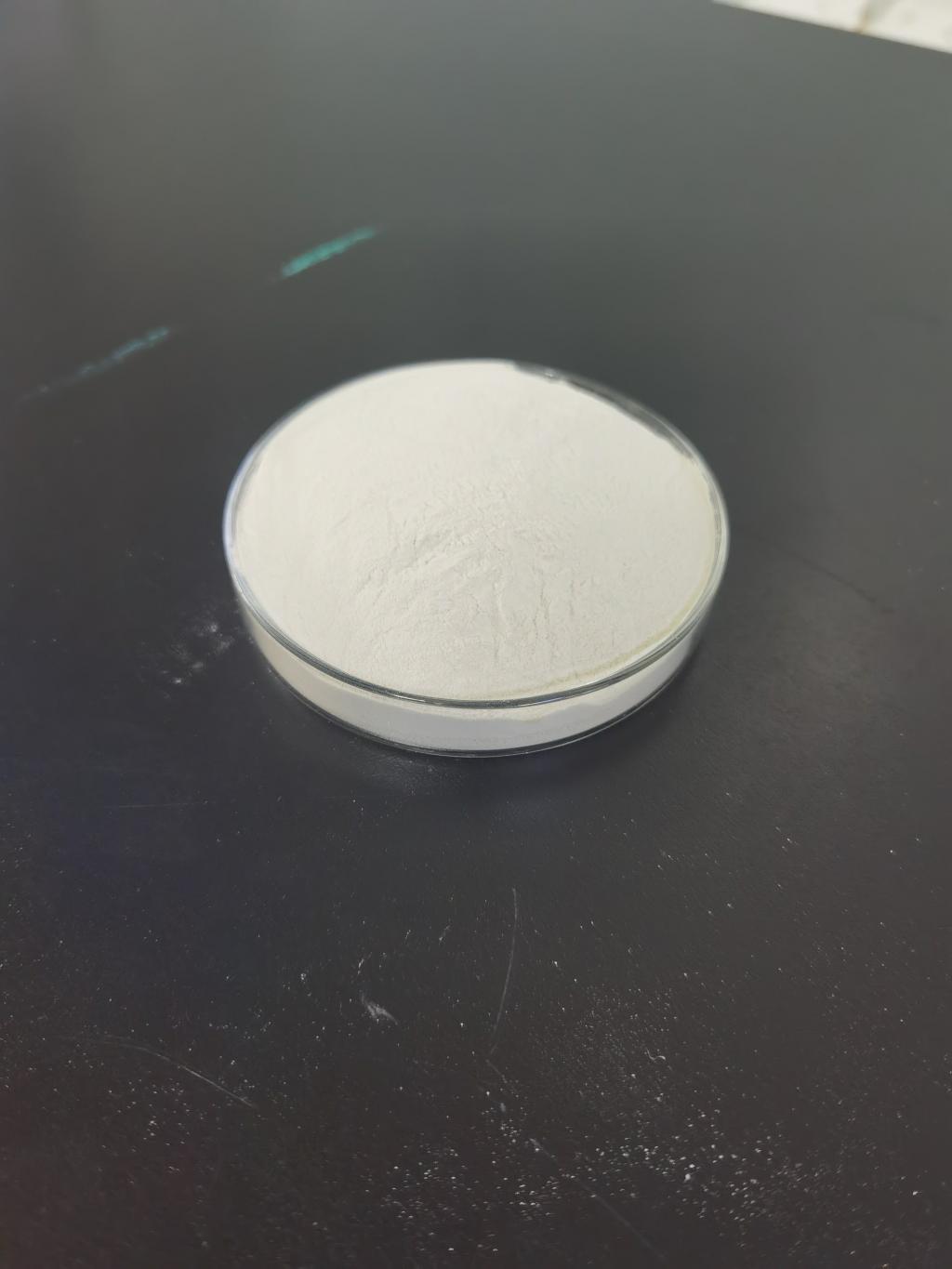Tel:+8618231198596

News
 CONTACT
CONTACT
 CONTACT
CONTACT
- Linkman:Linda Yao
- Tel: +8618231198596
- Email:linda.yao@dcpharma.cn
- Linkman:CHARLES.WANG
- Department:Overseas
- Tel: 0086 0311-85537378 0086 0311-85539701
News
Current Position:
Home >
News
>Nisin's Synergy with Smart Agriculture: Technological Solutions for Safer Farming
Nisin's Synergy with Smart Agriculture: Technological Solutions for Safer Farming
TIME:2024-03-07
Section 1: The Role of Nisin in Agriculture
Nisin, a naturally occurring antimicrobial peptide, has proven antimicrobial properties against a broad spectrum of bacteria. While traditionally recognized for its applications in the food industry, its potential in agriculture is gaining attention for its ability to address various challenges related to crop production and livestock farming.
Subsection 1.1: Plant Disease Management
Nisin's antimicrobial properties can be harnessed to control and prevent plant diseases caused by pathogenic bacteria. By developing nisin-based formulations, farmers can adopt eco-friendly alternatives to conventional chemical pesticides, reducing environmental impact and promoting sustainable agricultural practices.
Subsection 1.2: Livestock Health and Productivity
In livestock farming, nisin can be incorporated into animal feed to enhance overall health and productivity. Its antimicrobial action aids in preventing bacterial infections in animals, leading to healthier livestock and improved agricultural yields.
Section 2: Integration of Nisin with Smart Agriculture
Smart agriculture relies on the integration of cutting-edge technologies to optimize farming operations. The incorporation of nisin into smart agricultural systems enhances the effectiveness of these technologies, resulting in safer and more efficient farming practices.
Subsection 2.1: Precision Agriculture
Precision agriculture involves using technology, such as sensors, GPS, and data analytics, to optimize field-level management. Nisin can be applied precisely to target areas affected by bacterial pathogens, minimizing its environmental impact and ensuring efficient use in crop protection.
Subsection 2.2: Internet of Things (IoT) in Livestock Management
The Internet of Things (IoT) plays a crucial role in monitoring and managing livestock health. Integrating nisin into smart IoT-enabled feeding systems allows for controlled and targeted delivery, ensuring that animals receive the appropriate dosage to enhance their immune systems and reduce the risk of bacterial infections.
Section 3: Nisin-Based Formulations for Agriculture
Developing effective formulations is essential for the successful integration of nisin into agricultural practices. Researchers are exploring innovative approaches to formulate nisin for application in both crop protection and livestock management.
Subsection 3.1: Nanotechnology in Crop Protection
Nanotechnology offers a promising avenue for formulating nisin into nanoparticles that can be efficiently delivered to plants. These nanoparticles enhance the stability and bioavailability of nisin, ensuring its sustained antimicrobial activity against plant pathogens.
Subsection 3.2: Encapsulation for Livestock Feed
Encapsulation technologies allow for the controlled release of nisin in livestock feed, ensuring a steady and effective delivery system. This approach not only improves the bioavailability of nisin but also enhances its stability during feed processing and storage.
Section 4: Environmental and Economic Benefits
The synergy between nisin and smart agriculture brings about several environmental and economic benefits. By reducing reliance on chemical pesticides and antibiotics, farmers can contribute to sustainable agricultural practices and mitigate the negative impact on ecosystems.
Subsection 4.1: Sustainable Agriculture Practices
Nisin's natural origin aligns with the growing demand for sustainable agriculture. The reduced use of chemical pesticides and antibiotics contributes to soil health, water quality, and overall ecosystem balance, promoting a more environmentally friendly approach to farming.
Subsection 4.2: Economic Efficiency
Smart agriculture, coupled with nisin-based solutions, enhances economic efficiency by optimizing resource use and reducing the costs associated with traditional farming practices. Farmers can benefit from increased yields, improved livestock health, and decreased expenses related to chemical inputs.
Section 5: Challenges and Future Perspectives
Despite the promising potential of nisin in smart agriculture, several challenges need to be addressed. These include regulatory considerations, potential resistance development in bacteria, and the need for further research to optimize formulations and application methods.
Subsection 5.1: Regulatory Considerations
The approval and regulation of nisin-based agricultural products require careful consideration by regulatory bodies. Establishing guidelines for safe and effective use is essential to ensure the widespread adoption of nisin in smart agriculture.
Subsection 5.2: Resistance Management
Continuous research is necessary to understand the potential development of bacterial resistance to nisin. Strategies for resistance management, such as rotation with other antimicrobial agents or combining with complementary technologies, should be explored to maintain the efficacy of nisin in the long term.
Section 6: Conclusion
The integration of nisin with smart agriculture presents a promising avenue for addressing food safety challenges in crop production and livestock farming. By leveraging advanced technologies, farmers can adopt more sustainable and efficient practices while reducing the environmental impact of traditional agricultural methods. As research and development in this field progress, the synergy between nisin and smart agriculture holds great potential for creating a safer, more resilient, and environmentally friendly future for agriculture.
- Tel:+8618231198596
- Whatsapp:18231198596
- Chat With Skype







